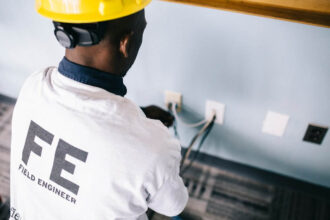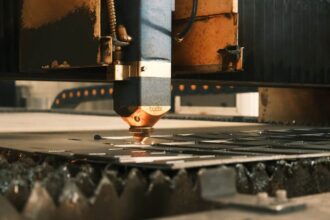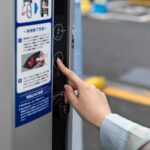Highways, building sites, and events must be separated for safety. Many people trust concrete barriers, but not all of them are effective. Owners, contractors, and road officials can prioritise safety, program certainty, and long-term value by understanding where temporary units are most effective and where permanent solutions are necessary.
Understanding the importance of meaning in life is crucial. While temporary barriers can be set up, moved, and recovered fast, permanent ones are built to last. That purpose guides design loads, linkages, foundations, and interfaces. Everything you choose, from end treatments to reflectors, is affected by whether the block moves again or stays in place. Kentledge blocks can be used in temporary restraining systems. However, they are not road-rated or crash-tested barrier devices.
1. Deploy and Move
Temporary barriers are ready to be moved, installed, connected, and reconfigured. Forklift pockets, crane eyes, and simple couplers accentuate speed and repeatability. Teams can build or adjust runs overnight or during short lane closures. However, permanent barriers may require dowels, stitch pours, or support to remain in place. This mobility disparity influences program and traffic management strategies.
2. Structure Design and Crash Test Performance
Both categories can receive crash tests, although in different ways. Temporary systems prioritise performance without a solid foundation. They secure cars without permanent fastenings, utilising mass, shape, and connection details. Keyed joints, reinforcing continuity, and base anchorage help permanent walls contain and reduce deflection envelopes. When risk warrants, movement after a collision can be better controlled.
3. Bases and Substrate Connections
Most temporary installations stand alone on prepared sidewalks, bridge decks or hard surfaces. Spreader mats or base boards distribute weight without travelling through the surface when the bearing capacity is low. Permanent barriers are erected into the ground or subgrade with cast-in-place bases, dowelling, or tied footings. In high-speed, high-volume passageways, contact stiffens, reduces flexibility, and increases durability.
4. Service, Maintenance, and Flexibility
Temporary units can be installed, recovered, renovated, and moved. Modular tools allow for the easy replacement of broken pieces, and their surfaces and connectors can withstand repeated handling. Trading adaptability for life creates lasting barriers. With little maintenance, mix designs, cover depths, and reinforcement features last for decades. Finishes and drainage match local temperature and de-icing trends.
5. Cost Model and Lifetime Value
Temporary barriers streamline operations with short closures, minimal groundwork, and quick demobilisation. It reduces traffic management, congestion, and night shift expenditures. Long-term hurdles delay investments. Lower maintenance expenses, less severe crash outcomes, and consistent operation after many hits may justify higher building prices. The entire cost of the corridor or spot matters more than the price per metre.
Pick Confidently—Match the Mission Obstacle
To choose the right barrier, you must first determine what to protect, for how long, the risks it needs to mitigate, and the applicable access, substrate, and traffic limitations. When speed and freedom are paramount, temporary systems are often the most effective. However, permanent systems are preferable for containment, deflection control, and service life. Project teams safeguard workers, road users, programs, and public dollars by making decisions based on the correct criteria and ensuring plans satisfy standards. The most effective and cost-effective barrier is one that works.


















